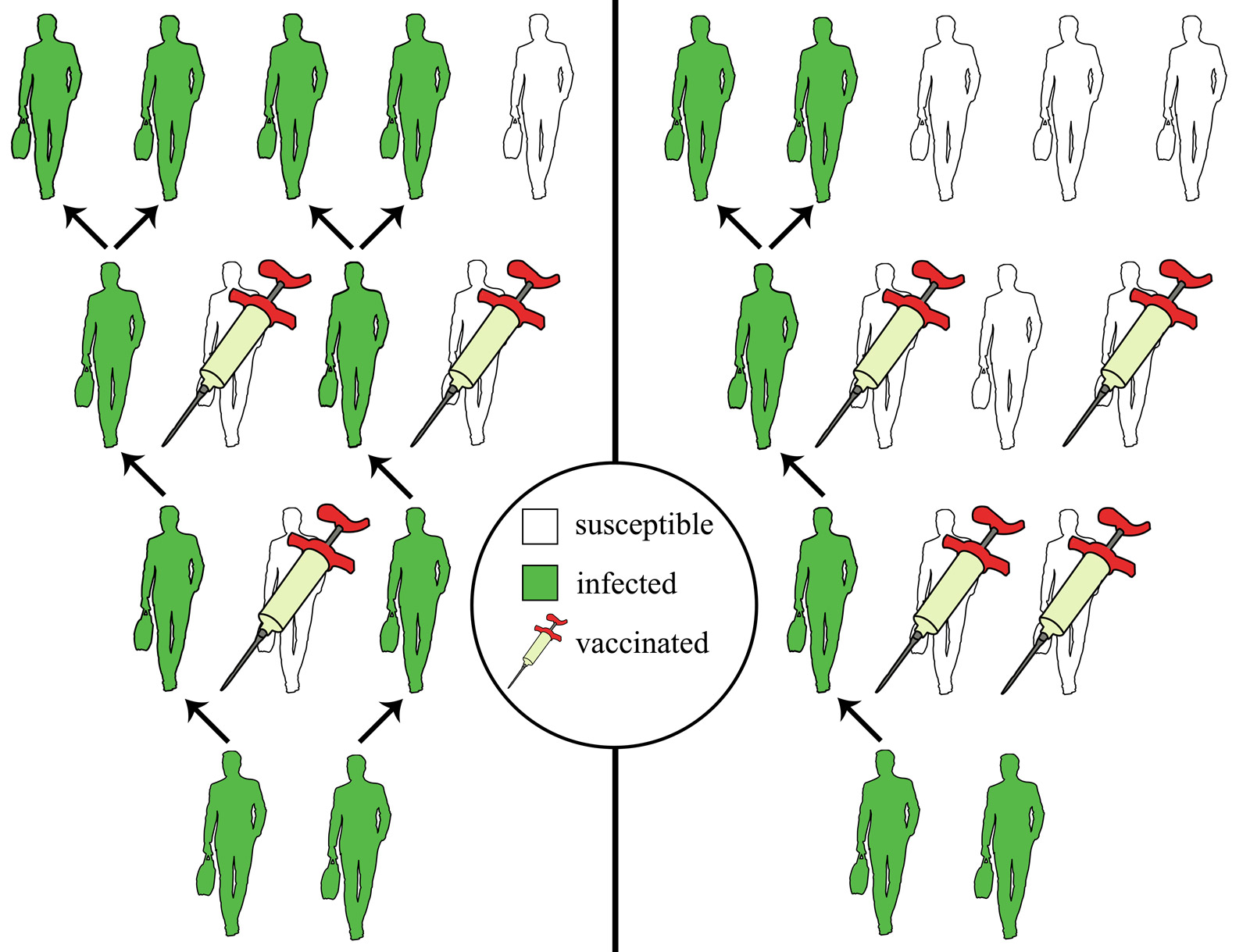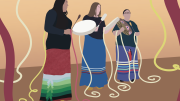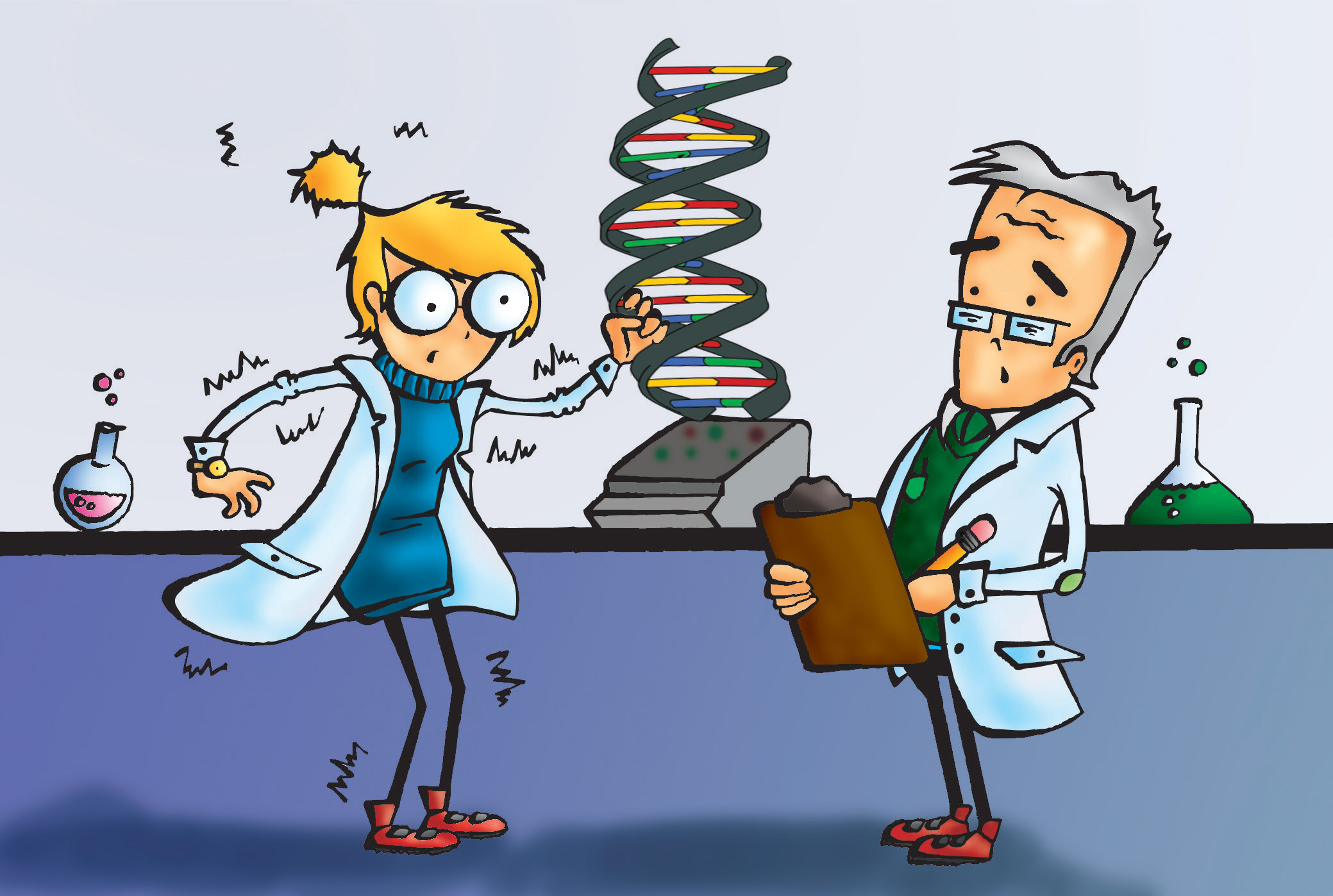We live in a world where we don’t have to worry about catching smallpox. Smallpox was eradicated in 1979 due to the efforts of vaccination. Its Wikipedia page begins with “Smallpox was an infectious disease…”
It is fitting that the story of vaccination crudely begins with smallpox about 1,000 years ago. Individuals in China would immunize themselves by grinding up smallpox scabs and snorting them. Individuals from other regions took to scraping smallpox scabs into cuts on their skin, a process called variolation.
The first proper vaccine for smallpox was developed by a physician named Edward Jenner in the infancy of the 19th century. He was able to protect individuals from smallpox by exposing them to its weaker cousin, cowpox. Vaccinia is Latin for cowpox.
Vaccinations act as practice drills for the immune system, the part of the body responsible for preventing and fighting disease. The contents of a vaccine trigger the immune system to respond like it would to real infection. Part of this response is the formation of antibodies which hunt down distinguishable patterns on the disease-causing bugs called antigens.
The body develops a memory in response to vaccination that allows it to act quicker and more effectively when encountering the actual disease-causing agent. This reaction does not always hold, and some vaccinations require more than one dose or booster doses.
The flu vaccine
This year’s flu season is a particularly nasty one. This is, in part, due to the flu vaccine not being a perfect match for the predominant strain of this season, H3N2. H3N2 seasons are known for their severity and higher death tolls.
Every year, experts have to guess which strains will be problematic for the upcoming flu season. This is because the flu vaccine only lasts for about a year as the viruses keep changing and changing.
This year’s vaccine covers a strain of H3N2 influenza that is dissimilar from the circulating virus. This is because the circulating virus has shifted its antigens just enough to not look like the ones in the vaccine.
Despite not being a good match, it is still beneficial to get the flu vaccine. The antibodies produced in response to the vaccine may be able to protect you to some extent from H3N2 that is floating around.
Furthermore, the flu vaccine typically protects you from three or four different strains. Vaccinated individuals will still have some protection that they otherwise wouldn’t, even if it isn’t directly against this year’s biggest culprit.
Science fiction: Vaccines cause autism
In 1998 a disgraced British physician named Andrew Wakefield published a discredited paper in the Lancet linking the combined measles, mumps, and rubella (MMR) vaccine to autism. He altered the results of the study.
Nobody was able to replicate his results, and he never showed interest in doing so himself. Several studies have not been able to find a link between the MMR vaccine and autism. Wakefield, however, still stands by his study.
A journalist from the Sunday Times, Brian Deer, discovered that a lawyer constructing a case against MMR manufacturers personally paid Wakefield. This lawyer also recruited some of the children for the study from anti-MMR families. Deer also showed that Wakefield had patented a measles vaccine shortly after the publication of his study.
In 2010 the Lancet retracted his publication and Wakefield was dishonourably removed from the United Kingdom medical community. The real kicker about Wakefield’s study is that it has taken valuable resources away from studying the actual cause of autism.
This can all be prevented
Today we are seeing an unprecedented resurgence of preventable diseases in North America. This may be due to complacency. Some parents believe that these preventable diseases are not that serious. It’s hard to know what these diseases are like when you rarely see them.
The first whooping cough vaccine was created in the 1930s by Pearl Kendrick and Grace Eldering. The duo had to work on the vaccine in the evening, as they were responsible for water and milk analyses during the day. The two traversed Grand Rapids, Michigan, collecting samples from kids sick with whooping cough. To ensure the vaccines were safe for children, the two women would personally test them out first. Their vaccine saved many lives and virtually eliminated the disease
Now whooping cough is making a return. The U.S. is experiencing levels that haven’t been seen since the 1950s.
Despite being eradicated in the U.S. in 2000, measles outbreaks have been popping up all over North America. A recent one to make headlines happened at Disneyland in California.
Measles is more than just the development of a rash before getting better; children can die from it, and they do all the time. Measles cases in North America typically occur when someone brings it back from a foreign country.
Outbreaks
Measles is one of the most contagious diseases known, and is easily transmissible in densely populated areas, including Disneyland.
Tourists from all over the world travel to Disneyland, and one likely brought the virus with them. Unfortunately, many of the individuals infected at Disneyland had not received the MMR vaccine. Over 100 cases in at least 14 states have so far been linked to the “happiest place on Earth.”
Multiple cases of measles also occurred in Toronto earlier this month. All four cases were unrelated, which is concerning because it indicates that the virus was contracted by the individuals within the city. Measles cases have also been showing up from time to time in Manitoba.
There is a growing trend of parents choosing not to vaccinate their children. Many of these parents believe in the results of Wakefield’s discredited study, and believe that vaccines are dangerous. These individuals have good intentions; they love their children and want to make sure their children are safe and healthy.
Not surprisingly, these families often cluster together, magnifying the negative effects of this decision.This results in “hot spots” where vaccine protection is nonexistent. Herd immunity occurs when a significant proportion of the population is immunized against a contagious disease. If a high percentage of individuals in a community are vaccinated against a disease, then they are less likely to pass it around. If vaccination levels drop below 95 per cent, the herd immunity is not strong enough to contain the disease.
Herd immunity is important for individuals who are unable to be vaccinated. For example, children receiving chemotherapy treatment and infants cannot be vaccinated. Many Make-A-Wish Foundation children ask to go to Disneyland. They depend on herd immunity to avoid illness.
Unfortunately, not all individuals who receive a vaccine will develop a strong enough immune response, and are still susceptible. These people also rely on herd immunity.
Immunization rates in young children have been dropping in Manitoba over the past decade.There is a need to communicate to the public that vaccines are safe and beneficial. Most importantly, vaccines need to be accessible.
Vaccines don’t just protect you and your children, they benefit everyone.





